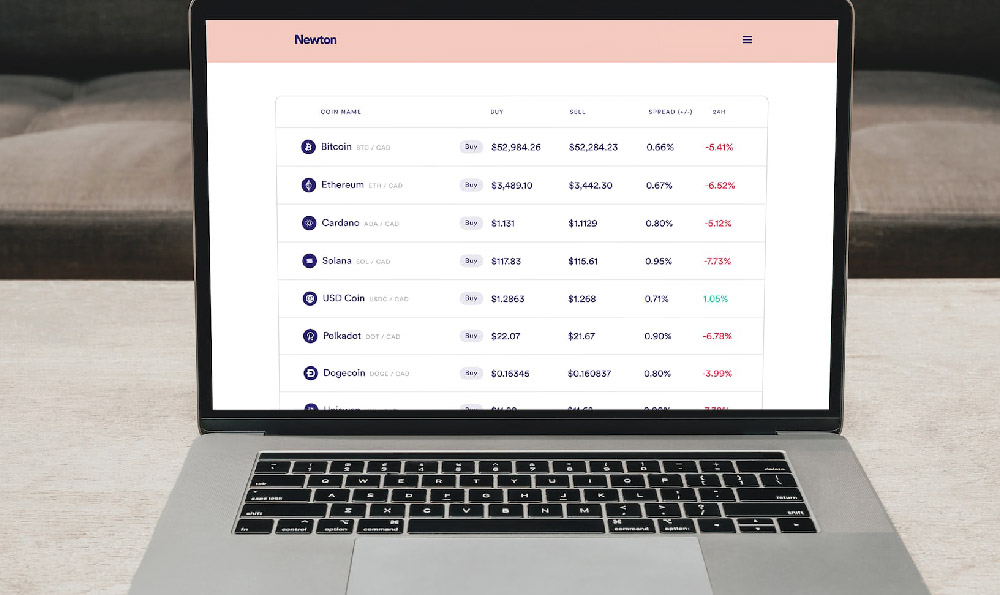Here's an article exploring the earning potential of YouTubers and the factors that influence their revenue per view:
How much a YouTuber earns per view is one of the most frequently asked questions by aspiring content creators and curious onlookers alike. The answer, however, is rarely straightforward. There's no single, universally applicable figure. Instead, a complex interplay of variables determines the revenue generated from each video. While a definitive number remains elusive, we can explore the factors influencing YouTube earnings and provide a realistic range of potential income.
The most direct form of revenue for most YouTubers comes from AdSense, Google's advertising program. AdSense allows creators to monetize their content by displaying various types of ads before, during, or after their videos. The money YouTubers earn through AdSense is tied to two primary metrics: CPM (Cost Per Mille) and RPM (Revenue Per Mille). CPM represents the cost advertisers pay for 1,000 ad impressions, while RPM reflects the actual revenue the YouTuber receives for every 1,000 views after YouTube takes its cut (typically around 45%).

CPM and RPM are not static values; they fluctuate significantly based on numerous factors. One crucial element is the niche of the content. Certain topics command higher advertising rates because they attract a more desirable demographic for advertisers. For instance, videos about finance, business, or technology often attract CPMs significantly higher than those in gaming, entertainment, or vlogging. This is because companies marketing financial products, business software, or tech gadgets are willing to pay a premium to reach viewers interested in these areas, who are more likely to be high-income earners or decision-makers. Educational content, particularly that tailored towards professional development or skill acquisition, also tends to garner higher advertising rates.
Beyond niche, the geographic location of the audience plays a vital role. Views from countries with higher advertising rates, such as the United States, Canada, Australia, and Western European nations, generate more revenue than views from countries with lower advertising rates, such as India, Brazil, or Southeast Asian countries. This disparity reflects the economic strength and advertising spending power of these regions. Advertisers are prepared to invest more to reach consumers in affluent markets.
Audience demographics also influence YouTube earnings. Advertisers often target specific age groups, genders, and income brackets. Content that attracts a demographic highly sought after by advertisers, such as young adults with disposable income, will likely generate higher CPMs. Understanding your target audience and creating content that resonates with them is crucial for maximizing ad revenue.
The type of ads displayed also matters. Skippable video ads, non-skippable video ads, display ads, overlay ads, and sponsored cards all have different CPMs. Non-skippable ads generally command higher rates because viewers are compelled to watch the entire ad, guaranteeing exposure for the advertiser. The placement of ads within the video, specifically mid-roll ads (ads placed during the video), can also boost revenue, but excessive mid-roll ads can negatively impact viewer experience and lead to a decline in audience retention.
Video length significantly impacts ad revenue. YouTube favors longer videos (typically exceeding eight minutes) because they allow for the placement of multiple mid-roll ads. A longer video offers more opportunities to monetize the content and increase overall earnings. However, it's important to maintain viewer engagement throughout the video; adding mid-roll ads to a lengthy, unengaging video can backfire.
Another crucial factor is the level of engagement the video receives. High engagement metrics, such as likes, comments, shares, and audience retention (the percentage of the video viewers watch), signal to YouTube's algorithm that the content is valuable and engaging. This can lead to increased visibility and higher advertising rates. Conversely, low engagement metrics can negatively impact a video's performance and reduce its revenue potential.
Beyond AdSense, YouTubers can diversify their income streams through various other avenues. Affiliate marketing involves promoting products or services in videos and earning a commission on each sale made through a unique affiliate link. Sponsorships and brand deals involve partnering with companies to promote their products or services in exchange for a fee. These deals can be lucrative, but they often require a significant audience and a strong brand reputation.
Merchandise sales, such as selling branded apparel, accessories, or digital products, can also be a significant source of income for YouTubers with a dedicated fanbase. Offering exclusive content through platforms like Patreon or launching online courses are additional ways to generate revenue. Super Chat and channel memberships, features offered by YouTube, allow viewers to directly support creators by paying to have their messages highlighted in live chats or gaining access to exclusive content.
The time of year can also affect ad revenue. Advertising rates typically peak during the fourth quarter (October-December) due to the holiday shopping season. During this period, businesses ramp up their advertising spending to reach consumers during their peak buying periods. Conversely, advertising rates tend to be lower during the first quarter (January-March) after the holiday rush.
Therefore, to answer the initial question: How much money can YouTubers really make per view? It's highly variable. A reasonable estimate, factoring in all the variables, would be somewhere between $0.003 and $0.05 per view. This translates to roughly $3 to $50 per 1,000 views (RPM). Highly successful YouTubers in profitable niches, with engaged audiences from high-CPM countries, can significantly exceed these figures, while those in less lucrative niches, with audiences primarily from low-CPM countries, may earn considerably less.
In conclusion, YouTube earnings are not determined by a simple formula. They are the result of a complex algorithm that considers content niche, audience demographics, geographic location, engagement metrics, ad types, video length, and the overall advertising landscape. By understanding these factors and optimizing their content accordingly, YouTubers can increase their earning potential and build a sustainable career on the platform. It's about more than just racking up views; it's about building a valuable audience and creating content that attracts high-paying advertisers. Diversifying income streams beyond AdSense is also crucial for long-term success and financial stability.












